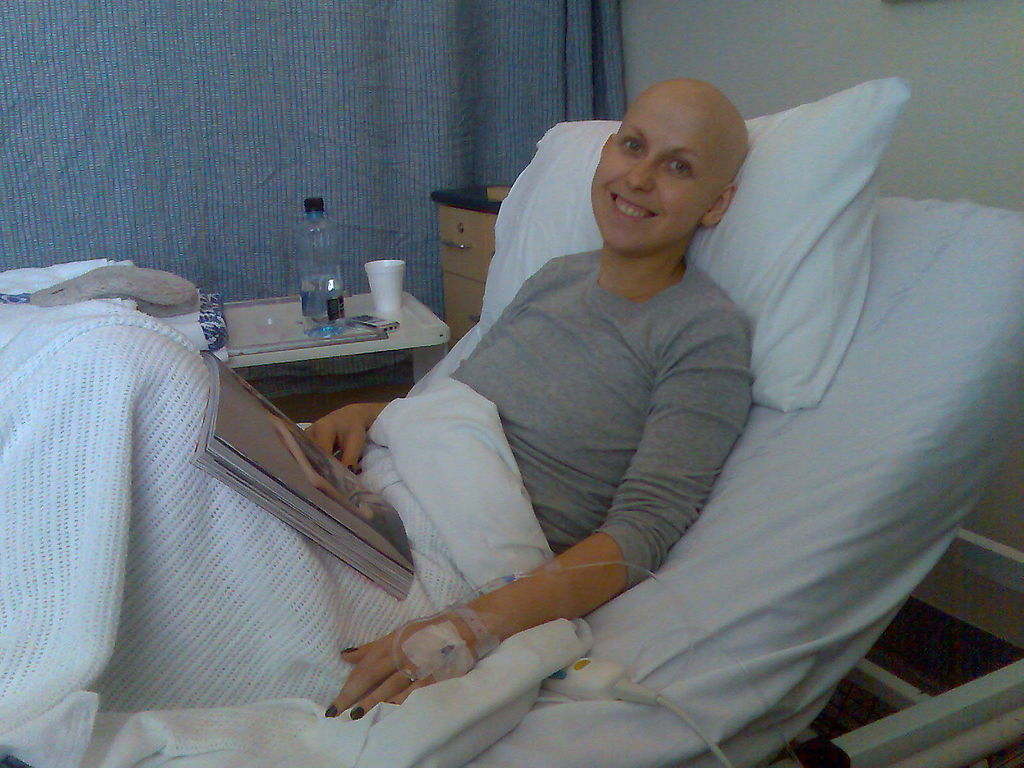
People who have had a cancer diagnosis often lose a lot of weight. In fact, serious weight loss can be a sign of cancer. Others find that, as a result of their treatment, they simply cannot eat as much anymore. If someone were to become involuntarily anorexic, it may be suggested that they look into the best Kangaroo feeding pumps for tube feeding instead.
Cancer, Nutrition Delivery, and the Best Kangaroo Feeding Pumps
It is common for cancer patients to not be able to eat enough to properly sustain their bodies. They often can only take a few bites before they are full or nauseous. However, if they lose 5% of their weight in a month, or 10% in three months, then help is needed. Even if people were first overweight, losing this much means that their body is not receiving the nutrients it needs, and particularly protein. Hence, they start to lose lung and heart tissue, which may actually make it less likely that they will recover from cancer.
Once it is clear that supplementation becomes needed, a type of feeding must be chosen to maintain health. Usually, there are two types of feeding tubes available:
-
The NG (nasogastric0 tube, that goes in through the nose and into the stomach. No sedation is needed to insert this tube as it isn’t painful, and complications are rare. Once an x-ray confirms the positioning of the tube is appropriate, a drip bag is attached to the tube, delivering up to 3,000 calories every day. Even if someone were not to eat at all, this system could support them. However, it is a short term solution, as the tube can migrate, leading to serious complications. Commonly, people develop sinus infections.
-
The G (gastrostomy) tube is the other alternative. This is inserted through the skin at the table. A local anesthetic is used to insert it. This tube can remain in place indefinitely, and full nutrition can be delivered to the patient. The pump is well hidden, meaning people can remain mobile, and they can choose when they want to eat.
Regardless of which tube is chosen, nutrition can be delivered continuously, or in batches (known as bolus). Often, the formula is provided when the patient sleeps, so that they can remove the pump during the day and walk more freely. In most cases, the feeding tube is only needed for a short period, for instance during radiation therapy or chemotherapy. Sometimes, it is required for longer periods of time. Either way, the tubes are designed to ensure people can get the nutrition they need to rebuild and maintain their immune system and, ultimately, fight their cancer. Cancer is a devastating illness and if people are incapable of eating as a result of their illness, then the likelihood of them recovering is also significantly reduced. Kangaroo feeding pumps, therefore, have been life saving devices, not just for cancer patients but for anyone else who experiences anorexia.